Your content is poppin’. Polished and proofed, you’ve put this piece of content through the wringer to get it ready.
Now all you have to do is let people know where it is and wait for those likes, retweets, and accolades to start rolling in.
So you keep waiting.
And waiting.
Nothing happens. You might have built it, but the users aren’t coming to find it, contrary to the old adage. What gives?
Why isn’t your content (or product) getting the engagement you expected?
In 2018, if your social media strategy isn’t working in conjunction with your content strategy, you’re falling behind the curve.
There’s a reason 10% of professional marketers report social media marketing as the strategy most likely to yield big rewards in 2018.
The bad news: sabotaging your brand on social media is easy and potentially irreparable. If your social strategy isn’t getting the kind of engagement you want, you may be committing one of these five self-sabotaging social media sins:
- Denying what people want
- Forgetting to make room for new (older) users
- Skipping movie day
- Letting little errors cripple credibility
- Talking without listening
The great news: I’m going to show you to fix them.
Social sabotage #1: Denying what people want
An estimated 73% of Americans report using YouTube. Facebook comes in at a respectable 68%. Instagram ranks as the third most popular platform at 35%.
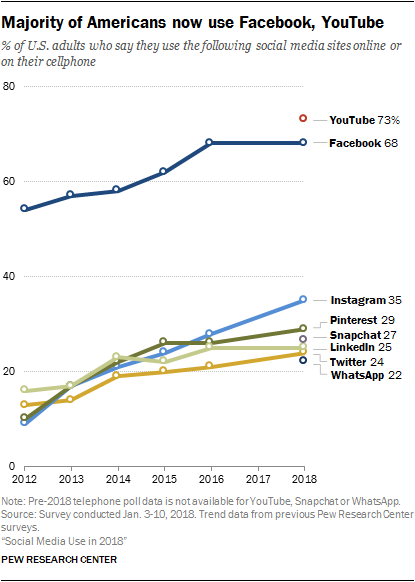
Brand engagement and social media interactions are also on the rise. Nearly 50% of millennials and generation Xers follow brands on social media.
In other words, there’s never been a better opportunity or wider net to cast for social media engagement. But what users want from their social media experience with a brand may surprise you.
For one, they want something real.
They want real people, real interactions, and real, unbridled human connection. And they aren’t going to accept auto-spamming Twitter bots in place of it.
Social media users expect a lot out of a brand.
Sprout Social also found while 86% of users want to see a brand come to life on Facebook, only 27% of them want to see the same personality on Snapchat.
For an example of someone who demonstrates a ‘real’ approach, take a look at Twitter-crowned mogul Elon Musk:
Tunnels
— Elon Musk (@elonmusk) March 10, 2018
Elon Musk perfectly implements four of the seven desired brand traits with this tweet alone.
He’s honest: whatever you might think of The Boring Company’s progress or projects, they’re definitely ambitious. (I’d say they’re reaching for the stars, but that’s SpaceX.)
He’s friendly: is there any easier way to get people to laugh than to laugh with them? Poking fun at his own image and goals fosters a sense of connection.
Sure, he might be different from us, but he’s not disconnected. That matters.
By giving users the option of calling his tunnel system a “stupid hole in the ground” or an “impossible pipe dream,” he’s putting users in a place of power.
That matters even more.
Elon’s prowess isn’t limited to Twitter alone.
Look at his earlier Instagram post for the now-infamous “Not a Flamethrower.” He engages users with the same masterful sense of wit.
While we can’t all be Musk, we can take a page out of his book. He knows what people want from him on social media and delivers consistently.
More Than Personality
But the want for honesty and realness isn’t exclusive to personality alone: users also care a lot about a brand’s position on real-world events.
You may want to avoid the can of worms that comes with political stances, but your users? They want to know where you fall on the issues.
Users identified education, immigration, and the environment as the most important issues for brands to take a position on.
So if you’re avoiding taking a stance on an issue or worried about seeming too unprofessional on social media, stop. The stats just don’t back up that approach.
The real human essence of the brand is what makes a brand worth someone’s time. They want to see that come through loud and clear.
For proof of how being social pays, look no further than Shareaholic’s 2017 Traffic Report.
As you can see, although web traffic driven through social media has declined somewhat, it still accounts for 25.6% of visitors.
That’s 1 out of every 4 of your visitors. Borrowing a line from the mildly misquoted Queen of France, if your users want cake, let them have cake. You can’t afford not to.
Social sabotage #2: Forgetting to make room for new (older) users
The social sphere is changing. I know, I know: it’s always changing, but there’s more than just one new up-and-coming generation to contend with in your social media strategy.
All across the board, social media use is up among different age demographics and at its highest rate ever.
One of the most rapidly emerging user groups is the retirement age adult. They’re also one of the least talked about groups in social media marketing.
Increasing at a rate up to as much as one new user every 8 seconds until 2030, ignoring this user group as part of your social media strategy is untenable.
“But wait,” you say, “Doesn’t that user group have the lowest social media adoption rates?”
(Okay, maybe that’s not quite how you say it.)
Although that’s true, the answer isn’t as black and white as it seems.
When you look at social media’s rapid growth and increased technology adoption rates, it’s clear that social media isn’t strictly a “young man’s game” anymore.
To see this in action, look no further than total Internet users in the older adult demographic.
Up from 14% in 2010, a 2017 survey by the Pew Research Center reveals that 67% of respondents in the 65+ age group use the Internet on a regular basis.
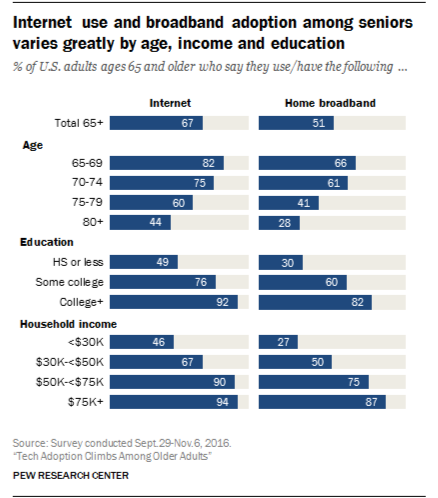
Now that we’ve covered the importance of the older generation, what do you need to know to add them as an integral part of your user base on social media?
For one, that they’re not that different from their younger counterparts.
Like others, they use social media to foster personal connections, keep in touch with family, and are concerned about their privacy.
Unlike others, they sometimes struggle to suppress extraneous information and stimuli.
The W3C, the international organization that sets usability standards, has this to say about older adults:
“…Cognitive ability – including reduced short-term memory, difficulty concentrating, and being easily distracted, making it difficult to follow navigation and complete online tasks.”
In other words, busy images, moving GIFs, and anything else that can tax their cognitive load can be a crippling barrier to social engagement.
For instance, take a look at one of Lay’s more recent tweets:
Need a date? Say hello to Sweet Southern Heat Barbecue! 😍 pic.twitter.com/9Th7F8YDvu
— LAY'S (@LAYS) February 27, 2018
This tweet is simple and visually compelling while staying accessible for a wide variety of people.
On the other hand, consider this tweet:
Do you like coming up with chip flavors? Do you like chances at $1 Million? Then #DoUsAFlavor is for you! https://t.co/SEJyH6Azxx
— LAY'S (@LAYS) March 6, 2017
Highly saturated and featuring more than one focal point, the use of visuals here could potentially stress older adult users.
It may also exclude users who experience red-green color vision deficiency, which includes 1 in 12 men and 1 in 200 women.
Ensuring your social media is engaging requires keeping it accessible for every potential user group.
And with a population swiftly set to become 20% of the total United States population those user groups should include adults over the age of 65.
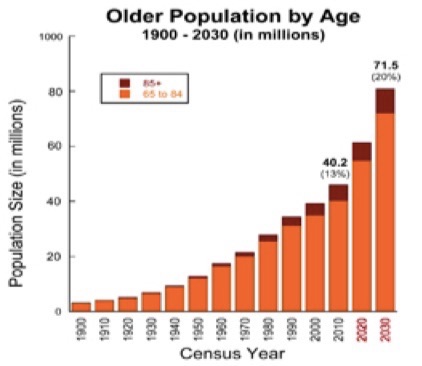
Here’s the bottom line: If you’re not including older adults as part of your social engagement strategy, you’re alienating a very large (and growing) user base.
Keep your posts simple, resist the urge to throw eye-bleed neon colors around it, and get to know your elders. They’re here to stay.
Social sabotage #3: Skipping movie day
You’re in fourth grade. You walk into the classroom to see a true and trusted friend: a bulky, unwieldy cart with a big screen TV the size of Arizona. Dimmed lights herald the elation of your classmates.
It’s movie day.
If you’re not recreating this experience for your audience, you’re missing out on engagement in a big way.
In a December 2017 survey, 83% of respondents said they would consider sharing relevant video content with their network.
And video is expected to keep growing by significant leaps.
Cisco forecasts, “…Internet video streaming and downloads are beginning to take a larger share of bandwidth and will grow to more than 81 percent of all consumer Internet traffic by 2021.”
Does this mean that every post has to include a custom-made video? Unless you’re working with Elon Musk’s budget, then no, that probably won’t be the case.
But it should include a link to relevant video content, whether it’s a supplement or the showstopper for your post.
Keep in mind that videos do more than make your posts more engaging. They make your brand more engaging.
Bill Shander, CEO and founder of Beehive Media, calls this transition the difference between “water cooler talk” and “the cafe.”
While the water cooler talk provides brief snippets and headlines, the cafe talk is a much deeper level of engagement. When users enter this stage, they commit more time to learning about the content and the brand associated with it.
There’s a reason I’m spending $144,000 on video content alone this year.
So the next time you post to social media, help your audience return to the days of yore with a timely, snappy video and make every post a movie day.
It’s that easy.
Social sabotage #4: Letting little errors cripple credibility
Have you ever written, proofed, polished, and double-checked a Facebook post or tweet, only to come back a few hours later and find a glaring typo?
“It’s not that bad,” you say, searching for the edit button anxiously, “Maybe no one else noticed.”
Unfortunately, that’s probably not true.
Making simple grammatical or spelling mistakes can tax your engagement and wallet significantly.
Consider this Q3 2017 report from Sprout Social about reactions to seeing other users issue “call-outs” on social media.
While this report looked at brand behaviors, the implication for being “called-out” on your mistakes is clear.
(And it will happen.)
It invites skepticism in first-time users and new customers. Skepticism, in turn, makes your conversion rate much harder to maintain.
But while that may not be surprising, what is surprising is the origin of many of these mistakes.
Basically, it’s your brain’s fault, not yours.
To understand how you make these mistakes, you have to get a little insight into… well, sight.
More specifically, you need to understand how your eyes and brain work together to perform the highly unnatural act of reading.
Here’s how it goes:
You read one word at a time. The places where your eyes rest are called fixations.
And you don’t actually read all of the words or the whole page.
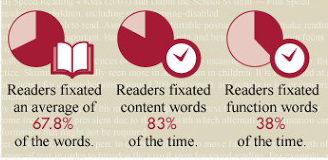
You just think you’re reading the whole page because your eyes are moving like the interstate at 4 am in a rapid series of saccades.
As you shift to each word with a saccade, your brain tries to offset the burden by anticipating and connecting the words ahead.
You don’t actually read most transition words (a, an, and, etc.) You just assume them.
Take a look at this graphic. Read the words first and then follow the arrows.
This represents the usual reading pattern of high-literacy readers. Do you notice how they skip short words entirely?
In fact, you rarely read words by the letter. You read most words as a whole according to their shape, according to Microsoft’s Mike Jacobs.
But what does that have to do with typos?
When you’re proofreading, you’re relying on the shape of the letters to create the architecture of the word.
Add to it that you’ve probably read the same thing six times in a row, and your brain starts filling in the details and cutting attention corners.
You easily read “than” as “then.” “Is” becomes “as,” “an” becomes “and,” and so on.
Sure, you know the difference. But do your followers know you know? If not, your credibility will take a hit.
So will your budget if you’re discussing prices or rate changes on your social media channel.
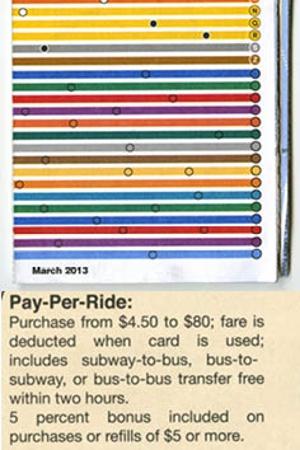
(Unlike the New York City’s Metropolitan Transportation Authority’s $250,000 misprint, your social post should be easier to correct.)
But while there’s no definitive way to overcome this problem, there are a few steps you can take to mitigate it.
Here are some of the most popular techniques:
- Walk away and coming back to proof later. It’s even better if it’s overnight.
- Grab a second set of eyes. Their brains aren’t primed to autocorrect and can catch things faster.
- Read your post aloud. Add funny voices if it helps. Disney characters can liven things up (and really confuse/concern your coworkers).
- Use a service like Grammarly to catch contextual errors.
Social sabotage #5: Talking without listening
Social media is becoming the preferred medium for interaction. 56% of consumers report they’d rather fire off an emoji than pick up a phone.
Imagine their discontent when those brands are unresponsive.
Increasingly, customers and followers want more than just content: they want interaction.
Is the solution to respond to every single tweet, email, or comment? Sure, if it was possible. But it’s not.
Instead, you should focus on being aware of them and try to be at least marginally more engaging than a slab of concrete.
Enter social listening.
Social listening isn’t a spring chicken in technology anymore, but it may still be a new area for many fledgling marketers.
67% of marketing leaders report the use of social listening tools, while 20% report the intention to start using them in the coming year.
But don’t worry. If you missed out on the social listening train before or haven’t jumped on the automation track, you can still get your ticket.
Hootsuite is one of the most highly-ranked tools available. And best of all, it’s free for individuals for up to three social accounts.
Here’s how to turn your social ears up and get your listening game on point:
Head over to Hootsuite.
Hover over the word “plans” to see the drop-down menu and select the highlighted area for a free account.
Click on the green signup button.
Fill in your information or link one of your social media accounts. You’ll need to link your accounts on the next screen, so feel free to use either option.
Link up to three social channels by clicking on their respective icons.
Fill out the last signup screen and click the blue submit button.
Rejoice! Open your new Hootsuite dashboard. Use the modal on the right to set up your first monitoring stream by clicking on the third option.
Your linked social media accounts should already be ready to go. Use the down arrow to toggle between accounts.
Open your “mentions” panel by clicking on the button with the large @ symbol. Peruse your mentions and start deciding who and how to reply.
Now that you have a bird’s-eye view on your social feeds, you can manage your engagement from one dashboard and never miss a beat with your followers.
In turn, you can engage them more. They’ll reciprocate by engaging you more.
So fire up that dashboard and start hitting “reply” to keep your fans happy and your critics soothed.
Conclusion
Social media engagement is critical for conversion rates and brand growth, but it’s easy to get wrong. Too easy.
People want more than just a branded message or trophy personality on social media. At its highest use rates ever, users clamor for honesty, friendliness, and humor from brands.
They also want brands to take real positions on real issues. Conventional strategy may say to avoid hot-button issues, but that isn’t what your users are saying. Listen to them.
Older adults are quickly rising up as one of the largest user populations and are expected to comprise one in every five people in the coming years in the US.
So if you’re not considering the baby boomers as part of your strategy, you’re missing out.
Videos resonate with people. You don’t have to produce a new video every time you put out a new post, but you should provide users with a relevant video option to dive deeper.
Small mistakes happen. Even the most polished and copyedited brands in the world let a typo slip through – it’s the human brain’s fault.
But your users won’t see it that way. Consistently letting errors pile up can put a serious damper on your engagement and credibility.
Those mistakes become cumulative, as does the damage to your brand.
It’s not enough to talk to your users: you need to be talking with them. Brands that interact with users on social media forge deeper connections and stronger followings.
Fortunately, there are a lot of great tools to help you keep track of social media conversations and take part. Hootsuite is one of the best and free for individuals.
If you’ve been committing these five social-sabotaging sins, it’s time to repent and make good. Give the people what they want, and you’ll get the engagement you want in return.
What’s been the most surprisingly successful engagement strategy for your brand?
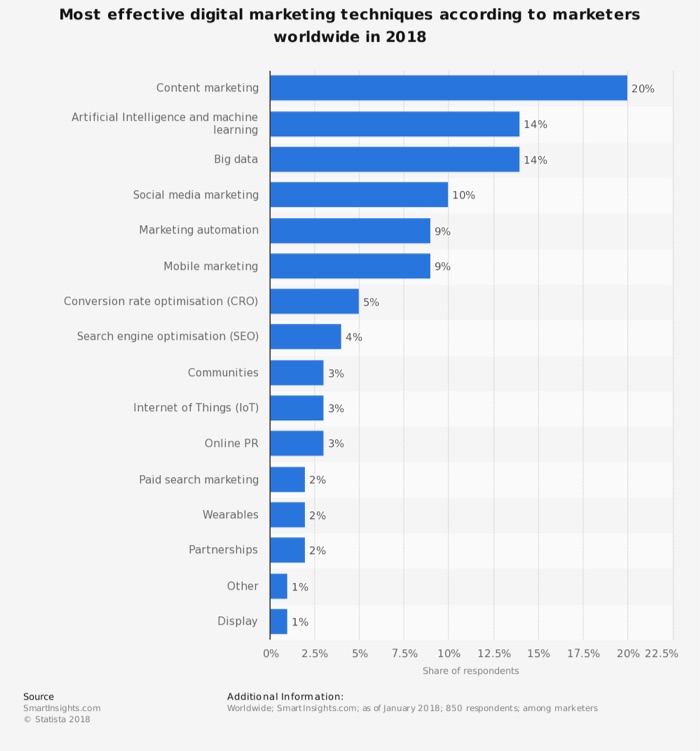
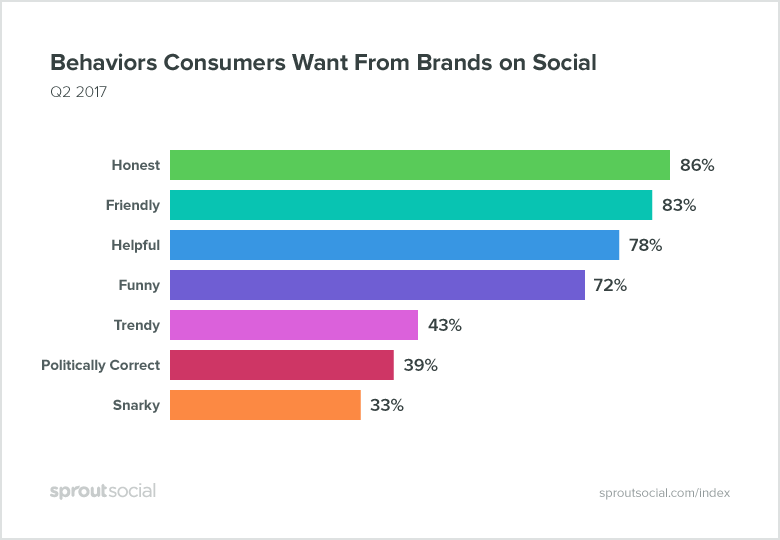
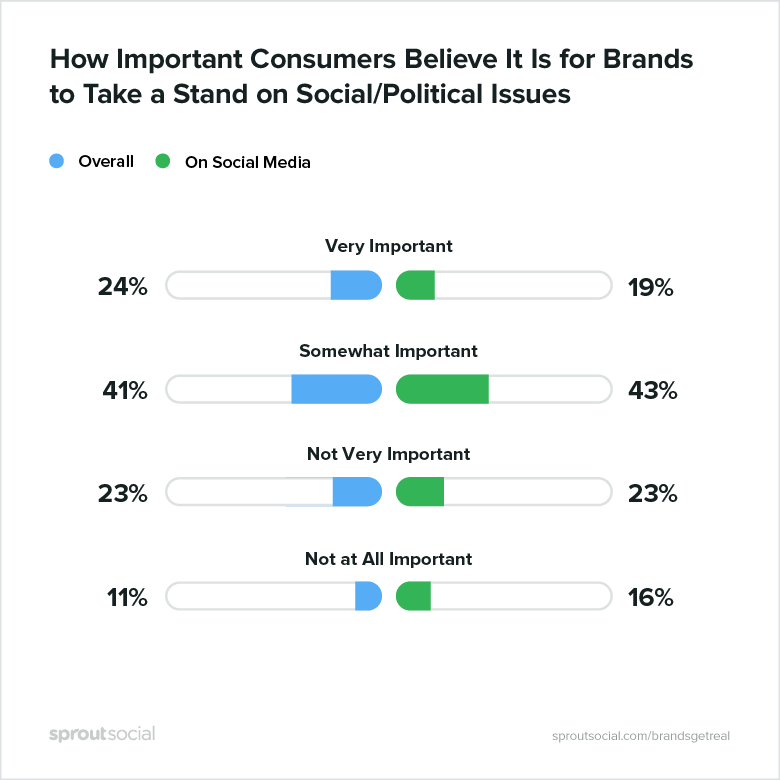
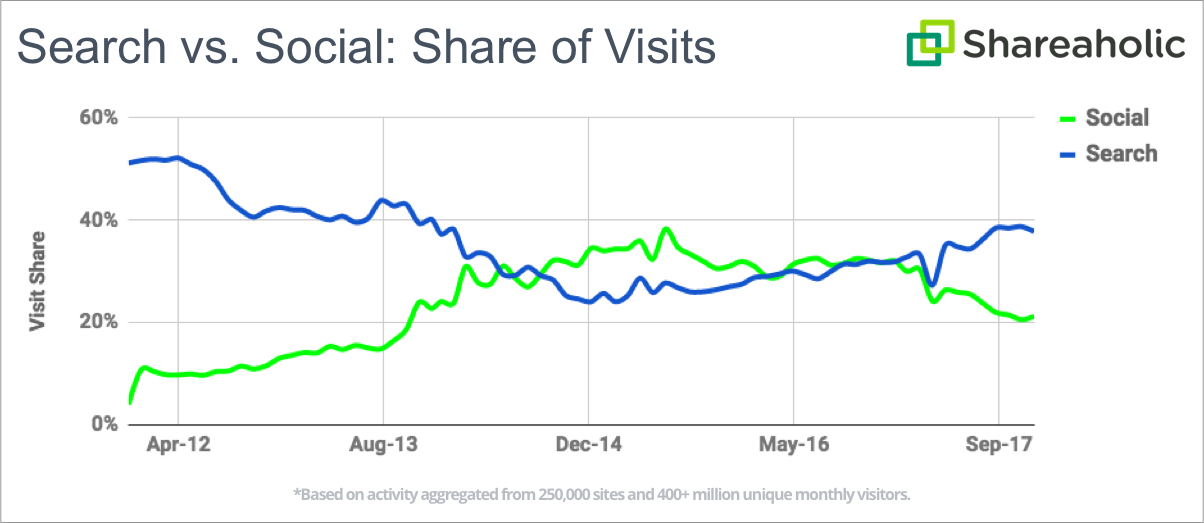
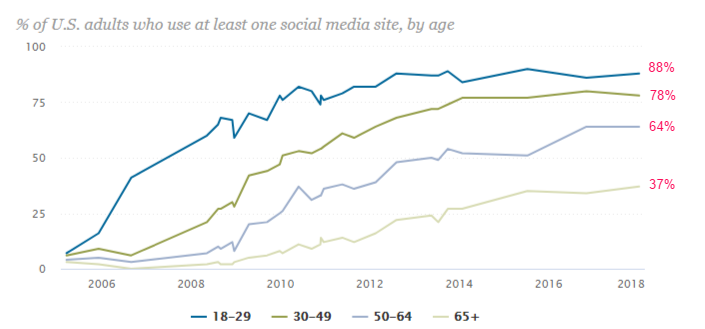
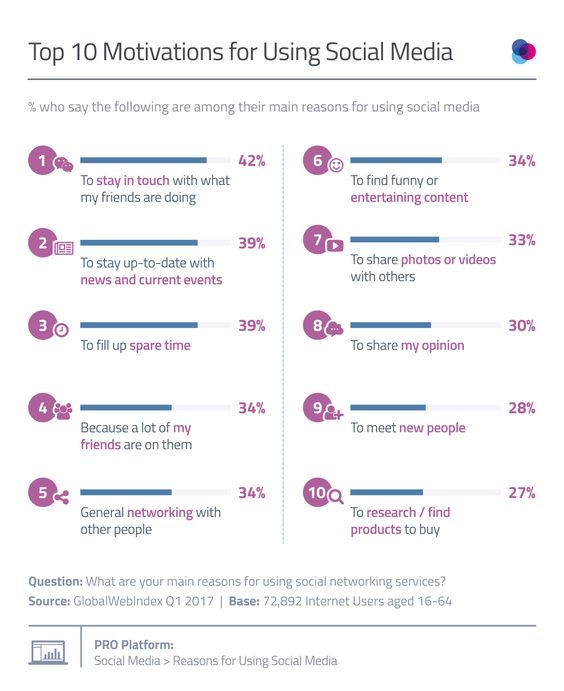
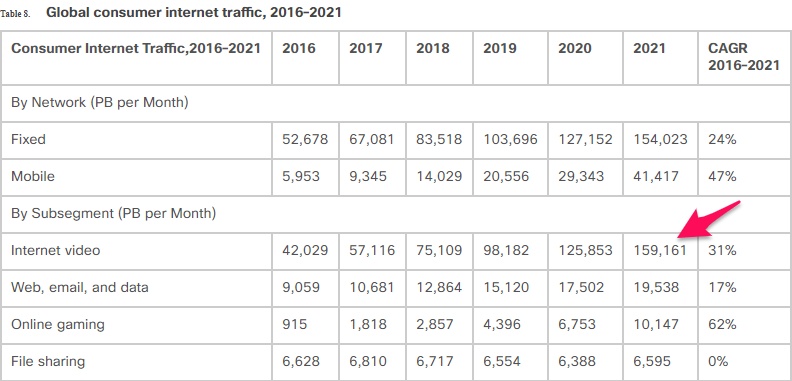

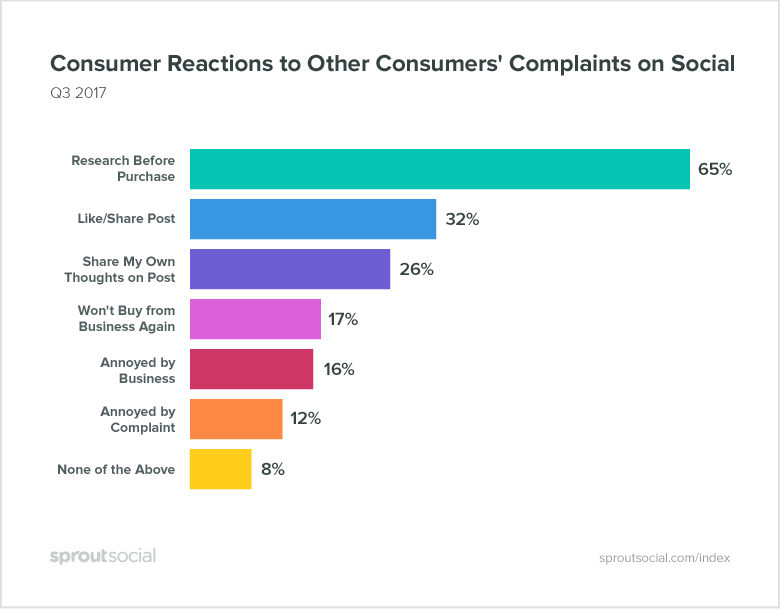
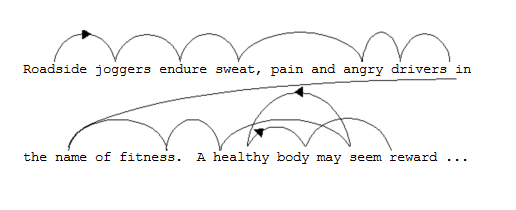

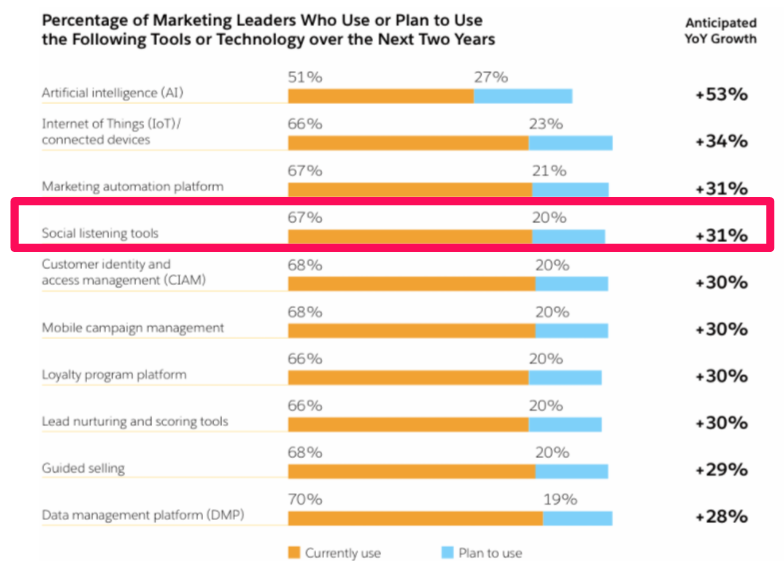


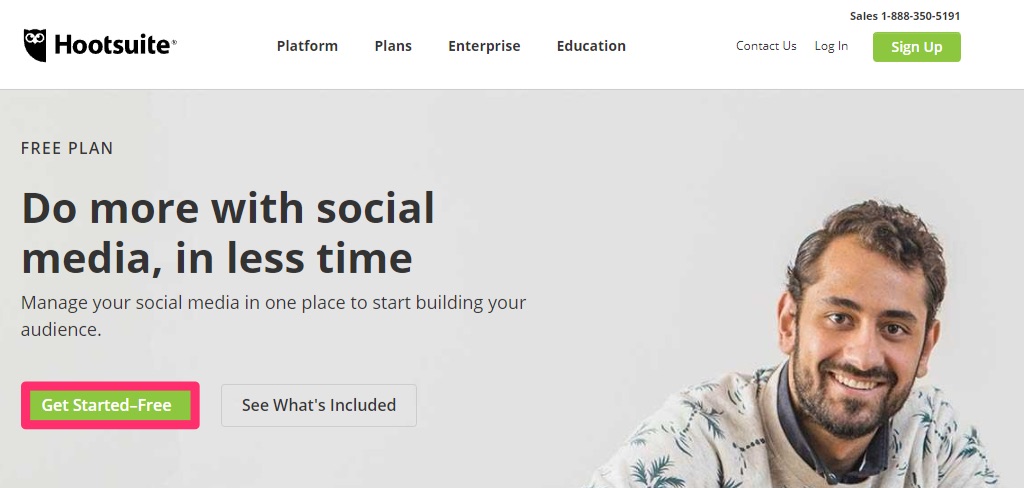
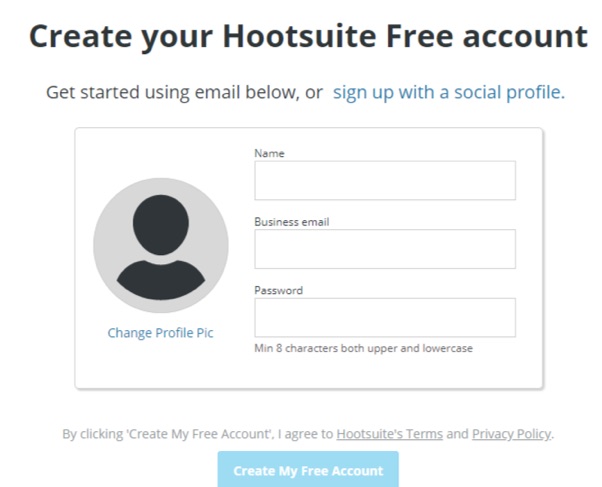
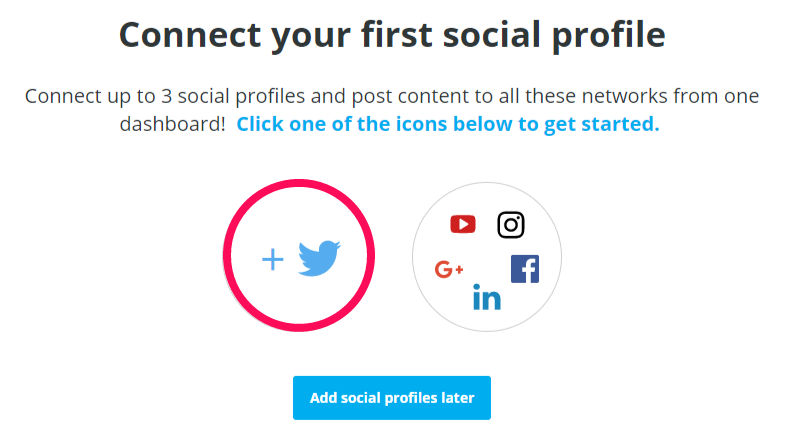
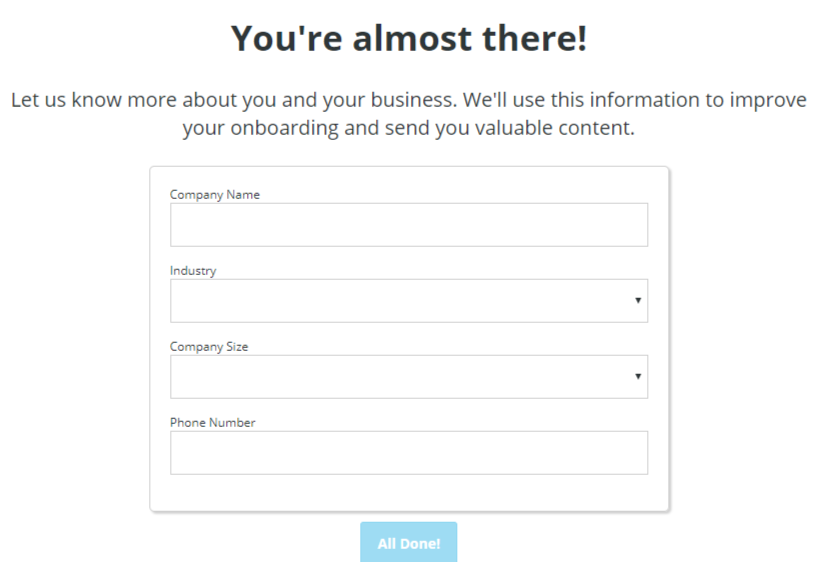
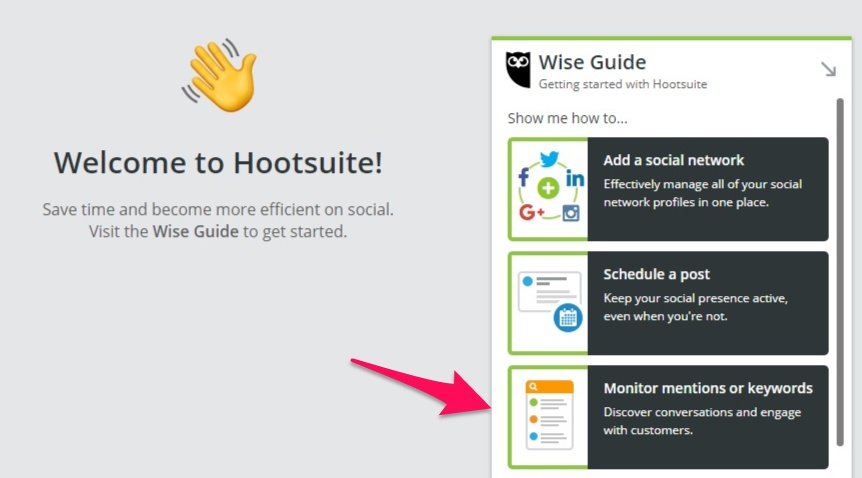
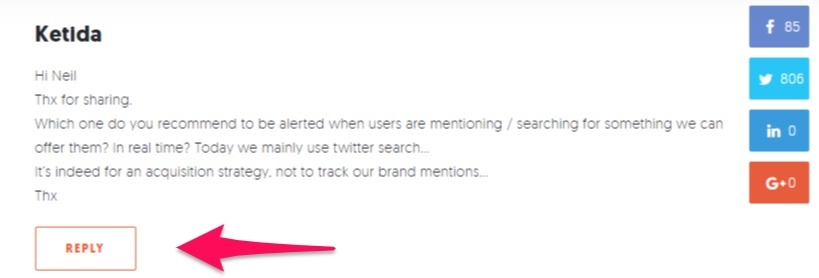
Comments (4)